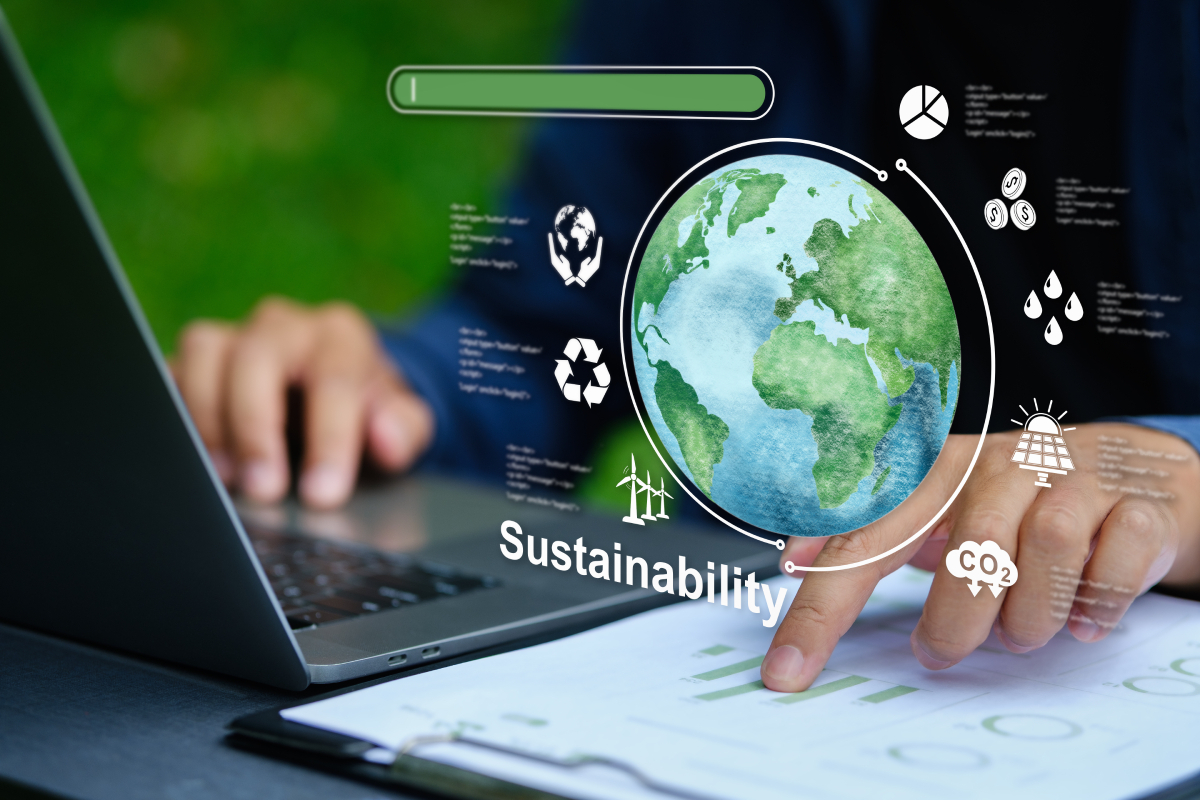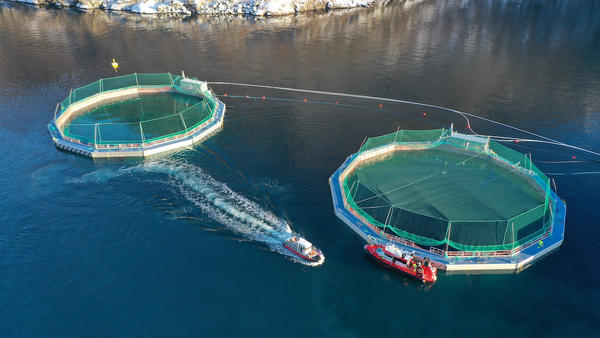Green bonds

Please Login/register for FREE to continue reading Fish Farmer
Your FREE registration gives you access to all our content: news and feature articles, regular and special guest columnists, Fish Farmer Magazine e-editions, yearbooks, archives, videos and more
or if you are already registered
Use the Login Box Below
(Can't remember your password? Click Here to reset your password
You May Also Like
21 Jan 2025
3DEO
Shellfish27 Aug 2025
A landscape for life
Sea Farming22 Oct 2025



